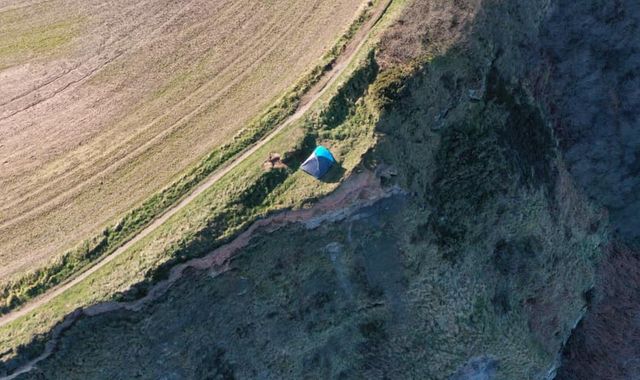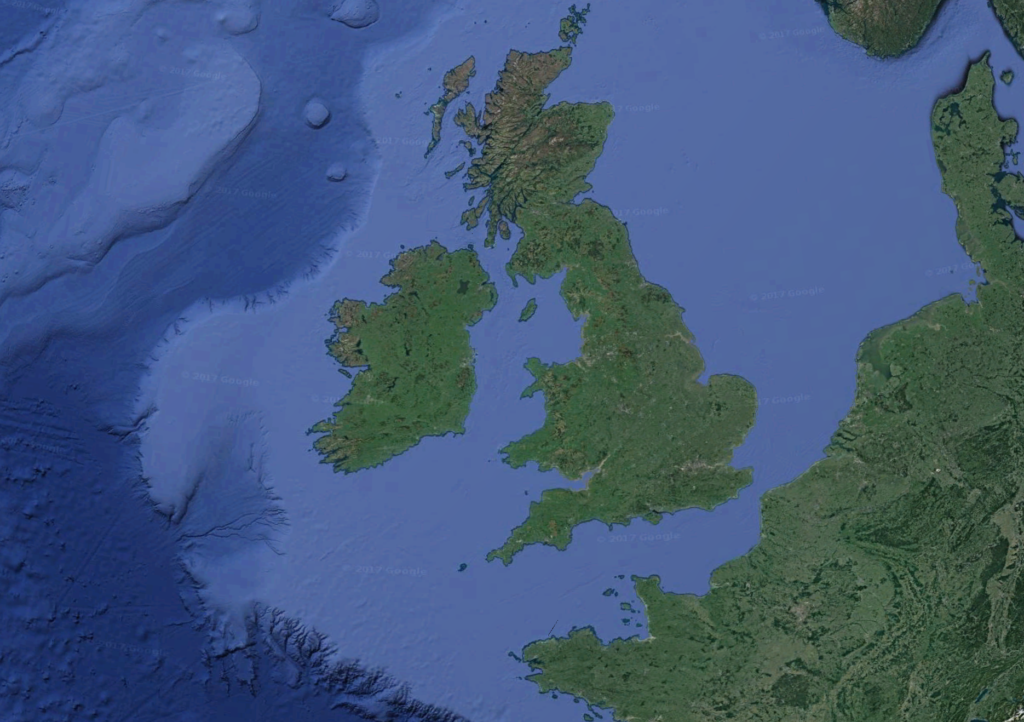St Symphorien war cemetery: Resting place of first and last British casualties of First World War
Written by News on 04/11/2018
This week marks the centenary of the end of a war which cost the lives of a staggering 16 million people.


World War One, the Great War, ranks among the most deadly wars in human history; it was the conflict in which modern warfare was invented, and the major battles which came to define its horror and its hopelessness were all fought in one small stretch of land in northeastern France and western Belgium.
Just to the southeast of the Belgian town of Mons, there is a place which seems perfectly to capture the courage and the sacrifice of so many compelled to fight, but inescapably too, the pointlessness and the waste.
I’ve visited St Symphorien a number of times and each time I find it profoundly moving.
It’s one of 23,000 cemeteries and memorials cared for by the Commonwealth War Graves Commission (CWGC) and it contains the graves of 513 soldiers; 284 Germans, 227 British and two Canadians.
My guide for this visit is CWGC historian Max Dutton. We walk past a row of German graves – some with names, others without. There are 40 Germans here and 65 Commonwealth soldiers who’s identity isn’t known.
“It’s hard not to be moved by coming to a War Graves Commission’s cemetery,” Max tells me.
“It’s hard to think of anything but the sacrifices of these men and what it meant for them on a personal level, for communities back home as well, losing all of their loved ones out on the Western Front,” he says.
We walk to the bottom end of the cemetery and a row of white headstones. One has a cluster of poppies at its base.
“This is John…” Max says. We are at the grave of Private John Parr.
Max then tells the story of the teenage soldier who had lied about his age to join up.
“John was in the Middlesex Regiment before the First World War and he comes across with the British Expeditionary Force. They are searching for Germans here near the Belgian town of Mons.
“And he goes out on his bicycle and they spot the Germans and his mate goes back to tell base.
“But John is killed in action and he becomes the very first British combat casualty on the western front dying on 21st August 1914.”
We then turn and walk just 10 feet to the next row of headstones.
“This is George. George is the very last British soldier to die in combat during the First World War.
“He’s a barman from Leeds. He was here in these fields in 1914 – perhaps he’d met John.
“But he fights throughout the First World War and then is killed just an hour and half before the minute hand ticks to 11 o’clock.”
Private George Ellison was the last British soldier to be killed, but others, from other nations died after him.
On Armistice Day – 11 November 1918 – more than 10,000 soldiers, from both sides were killed or injured.
The very last Commonwealth soldier to die was a Canadian called George Price and he too is buried in St Symphorien.
According to war records, Private Price was shot and killed at 10.58am on 11 November 1918, just two minutes before the armistice came into effect.
And so they rest just yards apart; the first and the last, and in between them, 1.1 million British and Commonwealth soldiers lost; two million German soldiers.
Behind each name on each headstone is a story.
Private John Parr’s story is reflected in words from his mother Alice now held in the National Archives.
In September 1914, from the family home in Finchley, just weeks after the war started she wrote to his regiment.
“I have not heard from him at all…” she wrote. “The war office can tell me nothing…”
“I should be very grateful for any information as to his whereabouts….”
It’s a letter from a mother about her boy. Alice Parr was to be the first to grieve; the first of so many from countries all over the world to lose their sons in this war.
The first and the last lie in St Symphorien because the first and the last major battles were fought in the fields surrounding the cemetery. Four years of fighting – no ground gained and so many lives lost.
“It began here and it ended here and between those points, one point one million people died for the British and Commonwealth forces alone. But it go anywhere?” Max Dutton asks.
“Geographically, no. Did it change the world? Absolutely. Did it change the world for the better? Almost certainly not.
“After all, the Second World War is just over the horizon,” he says.
“I recommend everybody should come and visit the Western Front. There is nothing like coming and seeing where these men fought and died and now rest forever… what are the lessons to be learnt?
“I think everyone has to come and take their own lessons,” he says.
(c) Sky News 2018: St Symphorien war cemetery: Resting place of first and last British casualties of First World War







